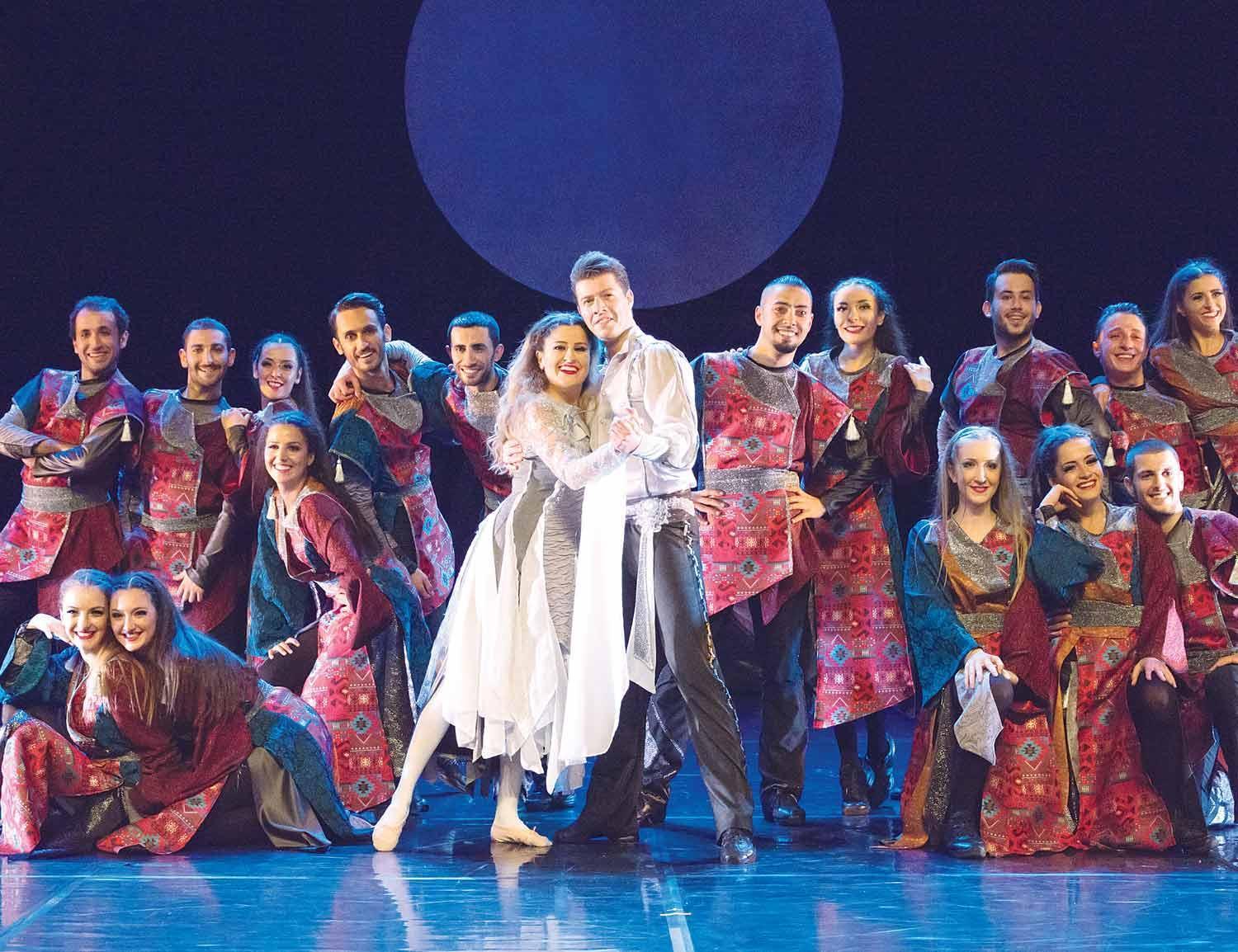
Organized for the first time in collaboration with the Mersin Metropolitan Municipality and the Mersin Development and Solidarity Association (MEKAD), the Mersin International for the Disabled will be held between Oct. 11 and 15.
The festival will take place in Mersin city center in southern Turkey, as well as in Tarsus, Anamur and Erdemli Kızkalesi, featuring an exhibition, symposium, workshop and concert performances.
Among the festival performers, guitarist Mark Goffeney, French band Cactus, Turkish musician Muammer Ketencoğlu and Deaf Dance Academy have spoken briefly about their journeys.
Did you dream of such a career when you first met the guitar?
Goffeney: I have dreamed of being on stage since I was a child, even before I could play guitar. At first I wanted to be a drummer, but I knew I would be in a band as early as eight years old.
How did Cactus come together as a group?
Cactus: The idea of a mixed band with and without disabilities came up in 2010 at music school. I had a chance to meet disabled musicians with astonishing talents. Alexandre on keyboards has William’s Syndrome but is able to identify the perfect pitch and to improvise and memorize tunes. Paul on percussion also takes music very seriously. So very quickly performing became a priority and the idea of recording an album came up. The aim of the project was to give an opportunity for these particular musicians and singers to play live and have the experience of being on stage. The more concerts they performed, the more confident they became. Another aim was to raise awareness in the public about disability issues, showing that people with disabilities can perform in concerts.
Did you experience any difficulties when you started your music career?
Goffeney: I drew so much attention so I had some difficulty joining bands. I found I was more successful in starting my own bands by recruiting members. As the front man of the band, I am able to put the audience at ease with my differences, using humor, smiling, and making eye-contact.
You attended a primary school for blind children. Do you think current possibilities are enough for the education of disabled people? What should be done in private or public institutes for the disabled?
Ketencoğlu: Of course there are very big differences between my childhood and the present time. Awareness of the disabled is increasing every day. As well as the state, civil society organizations are thinking hard about it and making great efforts. But the needs of the disabled should be handled in terms of human rights, not the charity organizations.
How did you decide to form the Deaf Dance Academy?
Salim Sınar (Deaf Dance Academy): The first performance project of the band was a two-act “Wedding” (Düğün). I met with deaf people in 2006 thanks to our art consultant Özge Şahin. After a percussion show at Istanbul’s Babylon, we performed “Wedding.” Our deaf friends are a part of this show.
Can we say that music is a “therapy” for people with disabilities? Do you believe music has a healing power?
Cactus: First of all, music is therapy for me. So you can imagine what it can represent for people with disabilities. For example, it is vital for one of our musicians, Paul. He has had tough times when everything was going wrong for him. His parents and educators felt desperate and his mother told me that music and the band’s rehearsals were the only thing that gave him hope. Music is associated with moments of everyday life and has a kind of healing power. If our audience forgets their problems for just five minutes, we can say we have fulfilled our mission.
You have organized a dance show for people with hearing disabilities. How do you work with a deaf person who feels the music?
Salim Sınar (Deaf Dance Academy): Although the rate of their hearing disability is at different levels, it is possible for deaf artists to catch a rhythm by feeling the bass frequencies on a wooden floor. These frequencies, which are felt in the mid of their chest by the deaf, are also felt in the same way but as a loud sound by people with regular hearing. We use wooden floors and practice a lot in order to achieve harmony in our work. But the most important detail is to take it seriously and love each other.
You will take the stage at the Mersin International Art Festival for the Disabled. What can you say about such festivals?
Ketencoğlu: I don’t see myself as a disabled musician, but this festival will bring us together with the people of Mersin so me and my friends are very happy. We will present a performance of Aegean, Thrace and Balkan music.